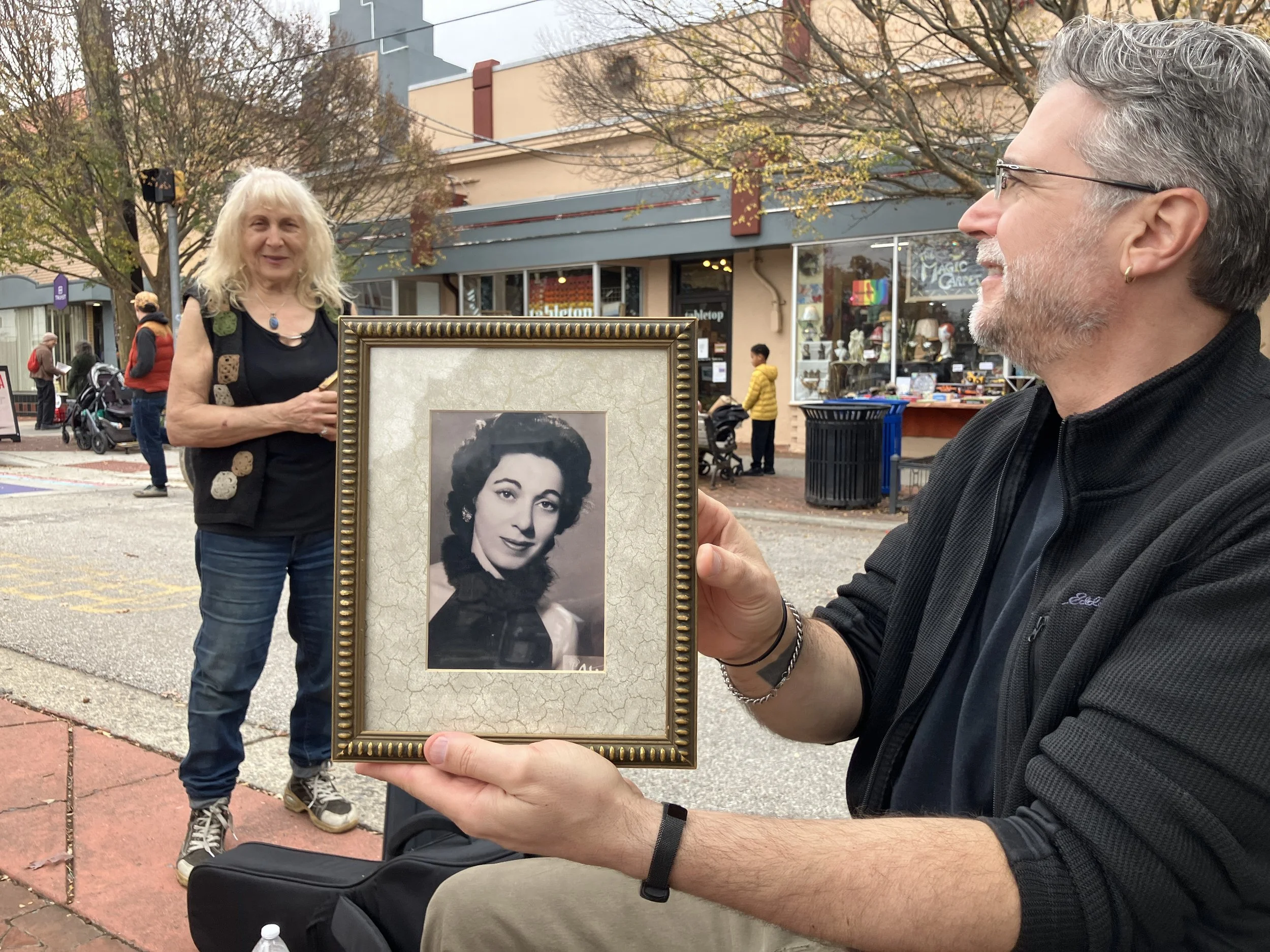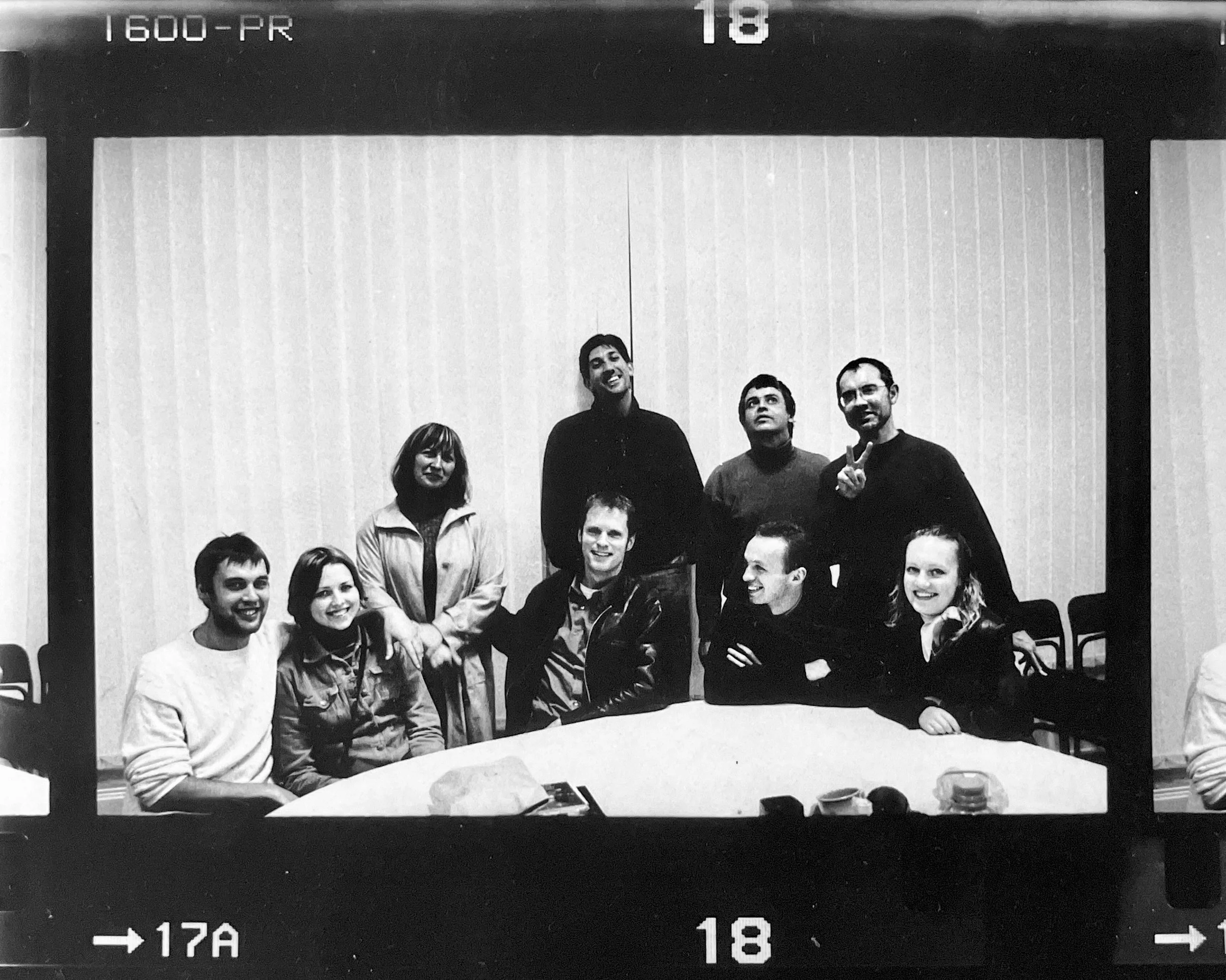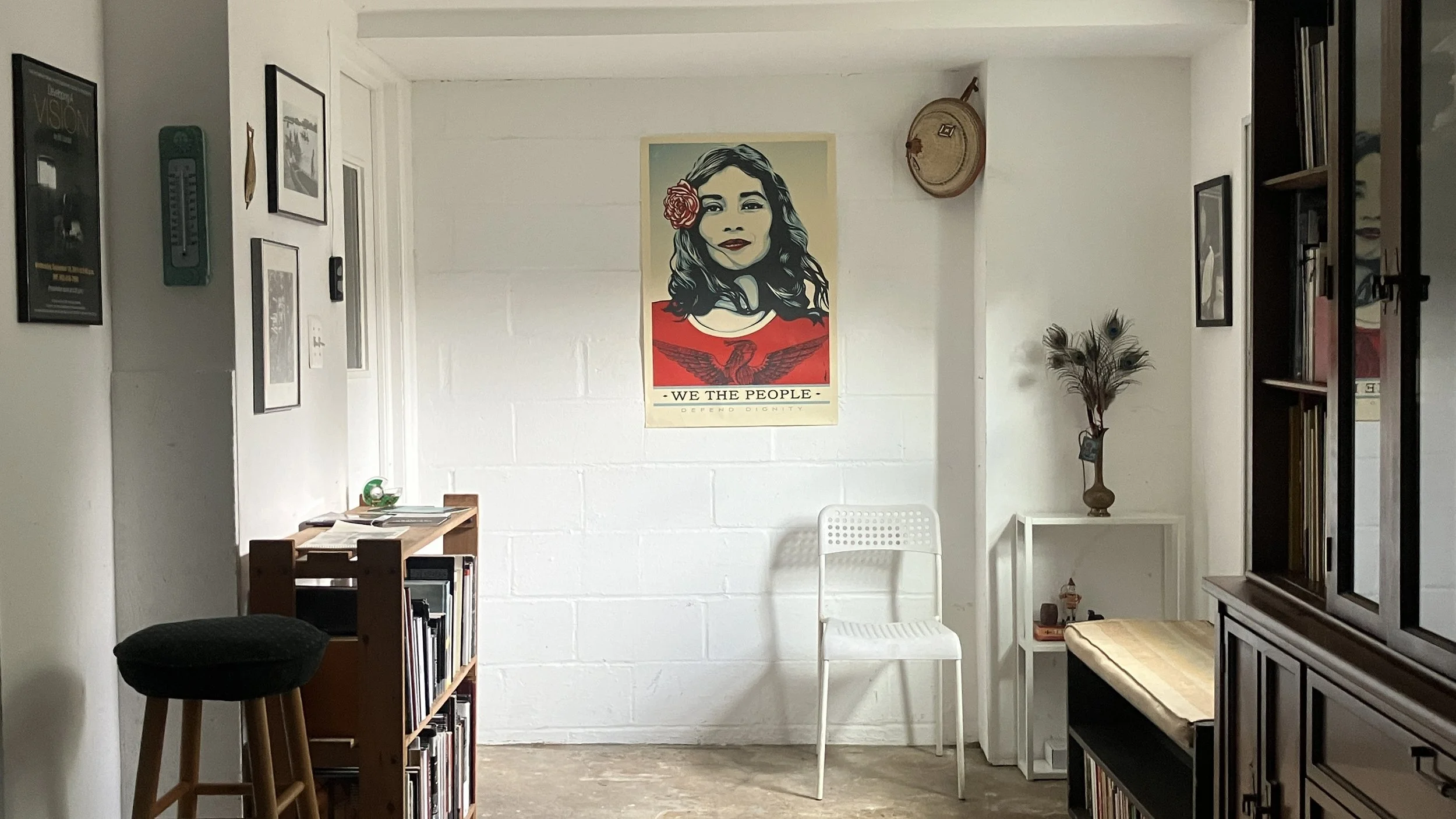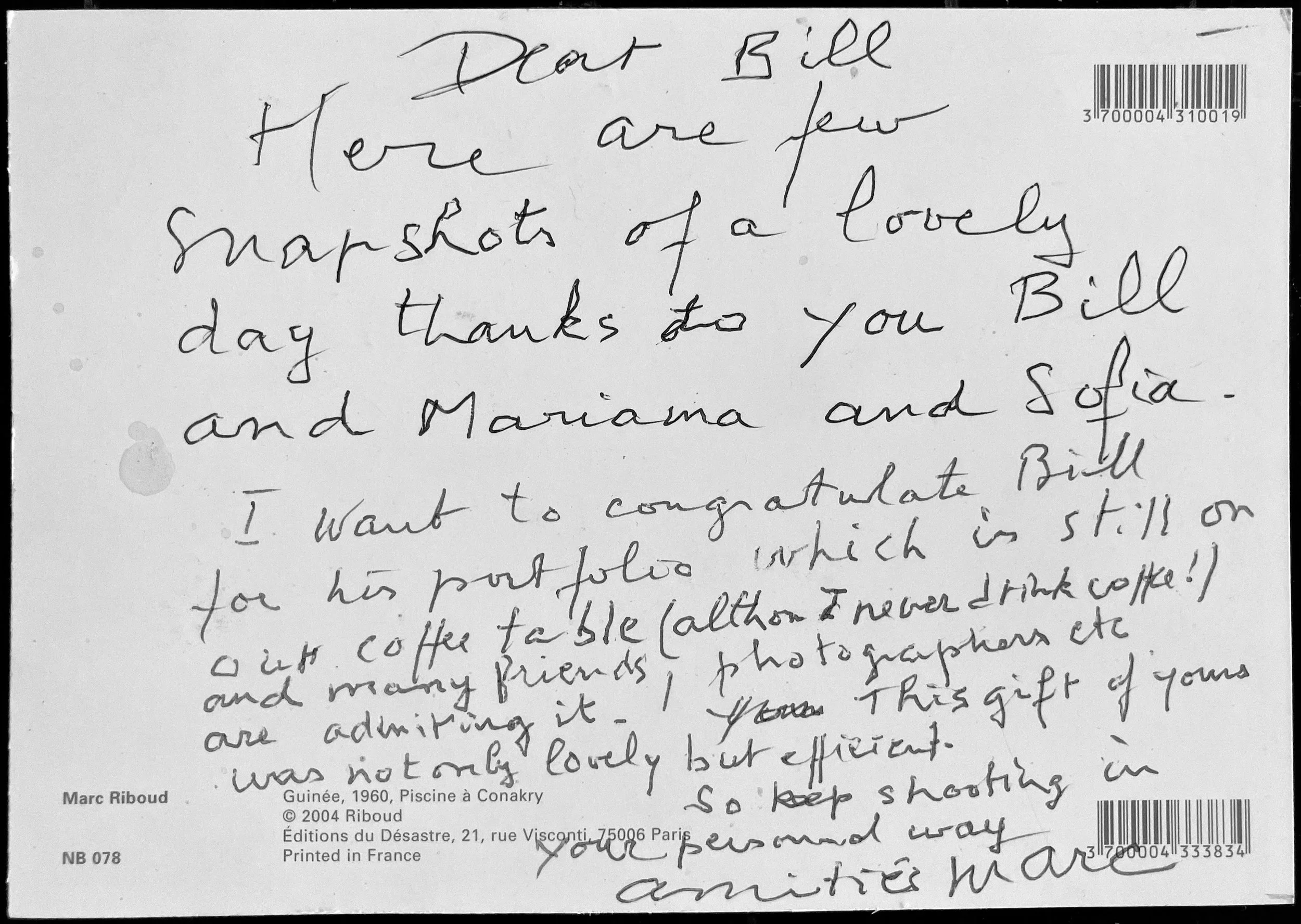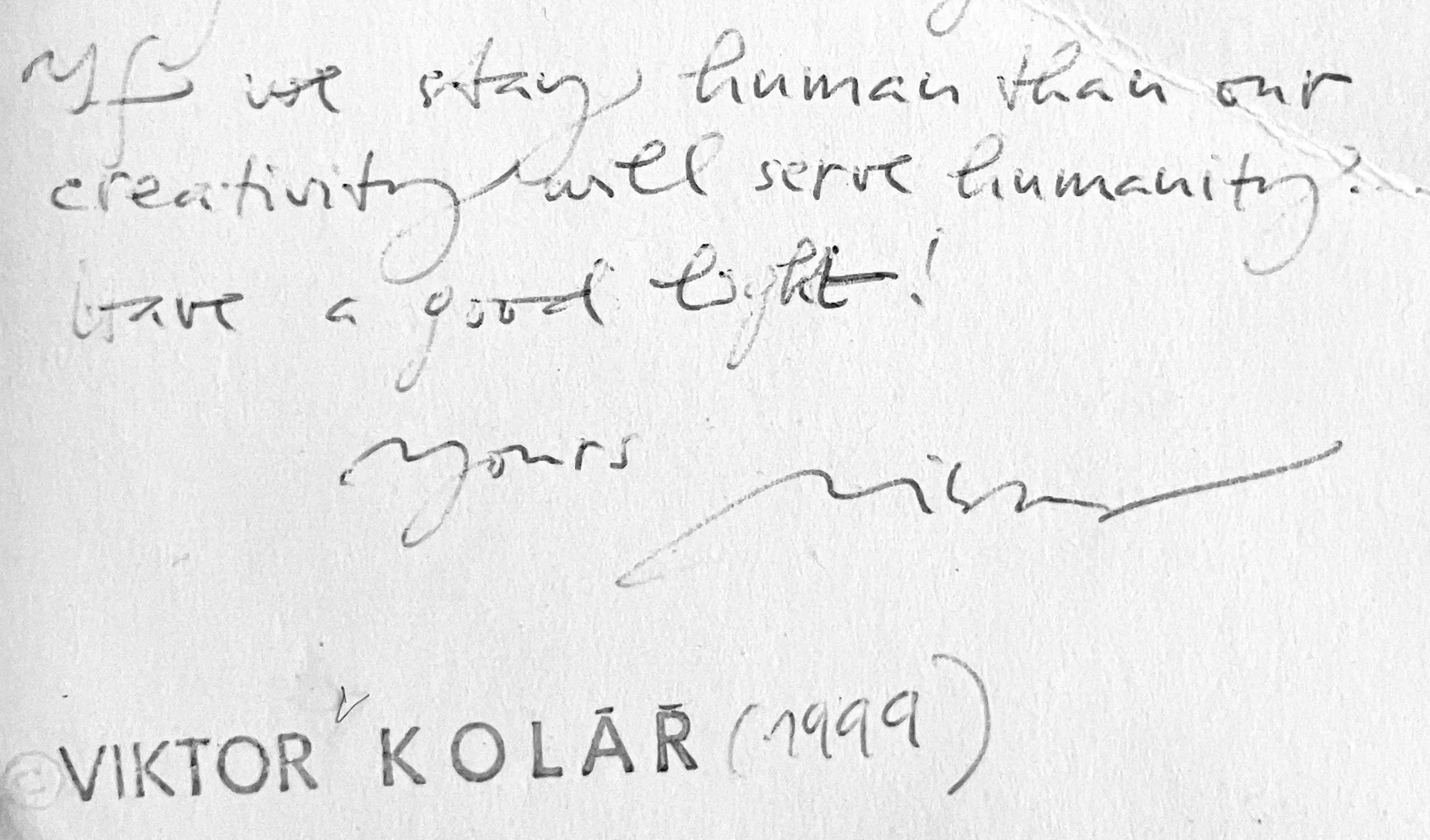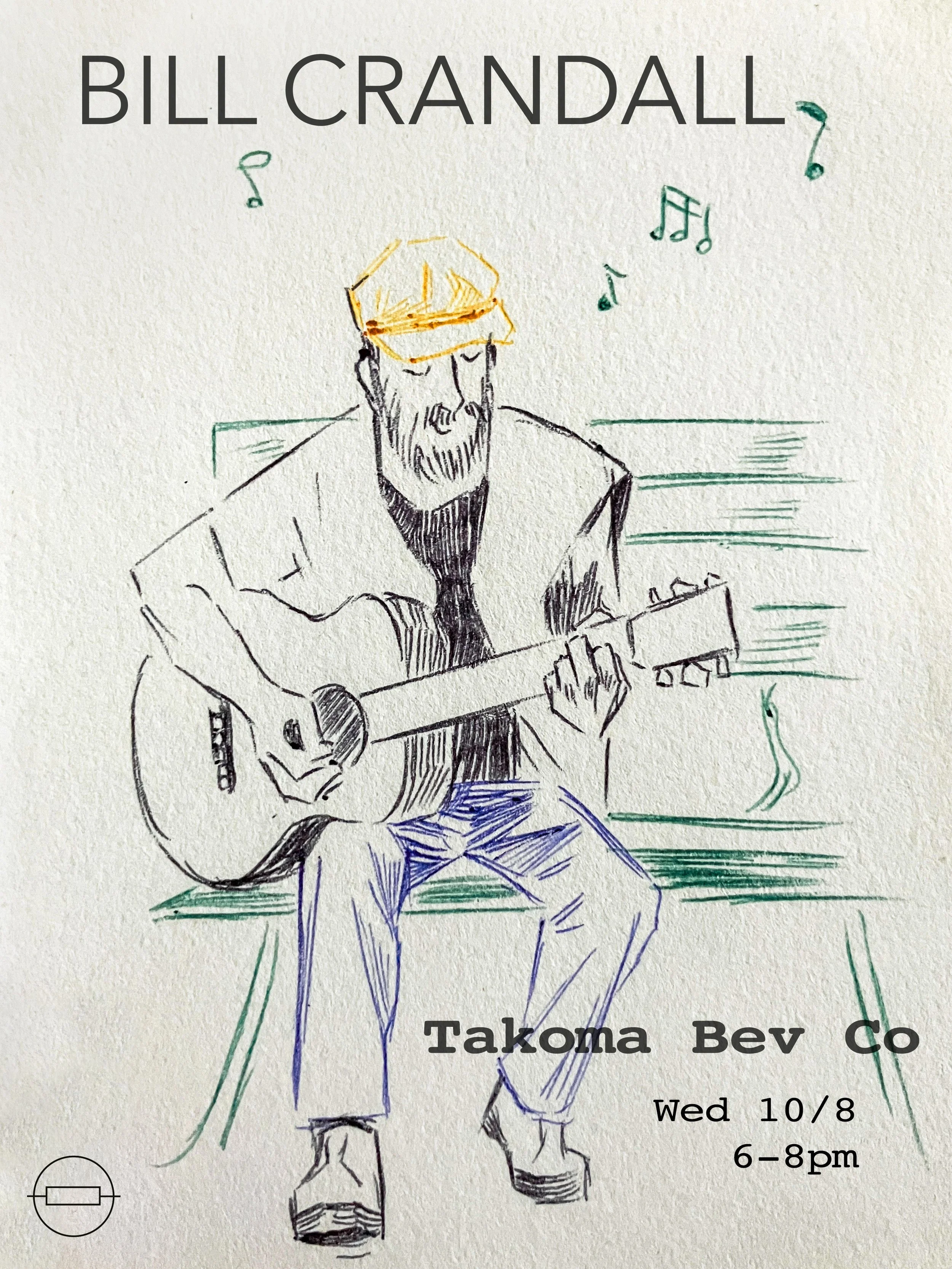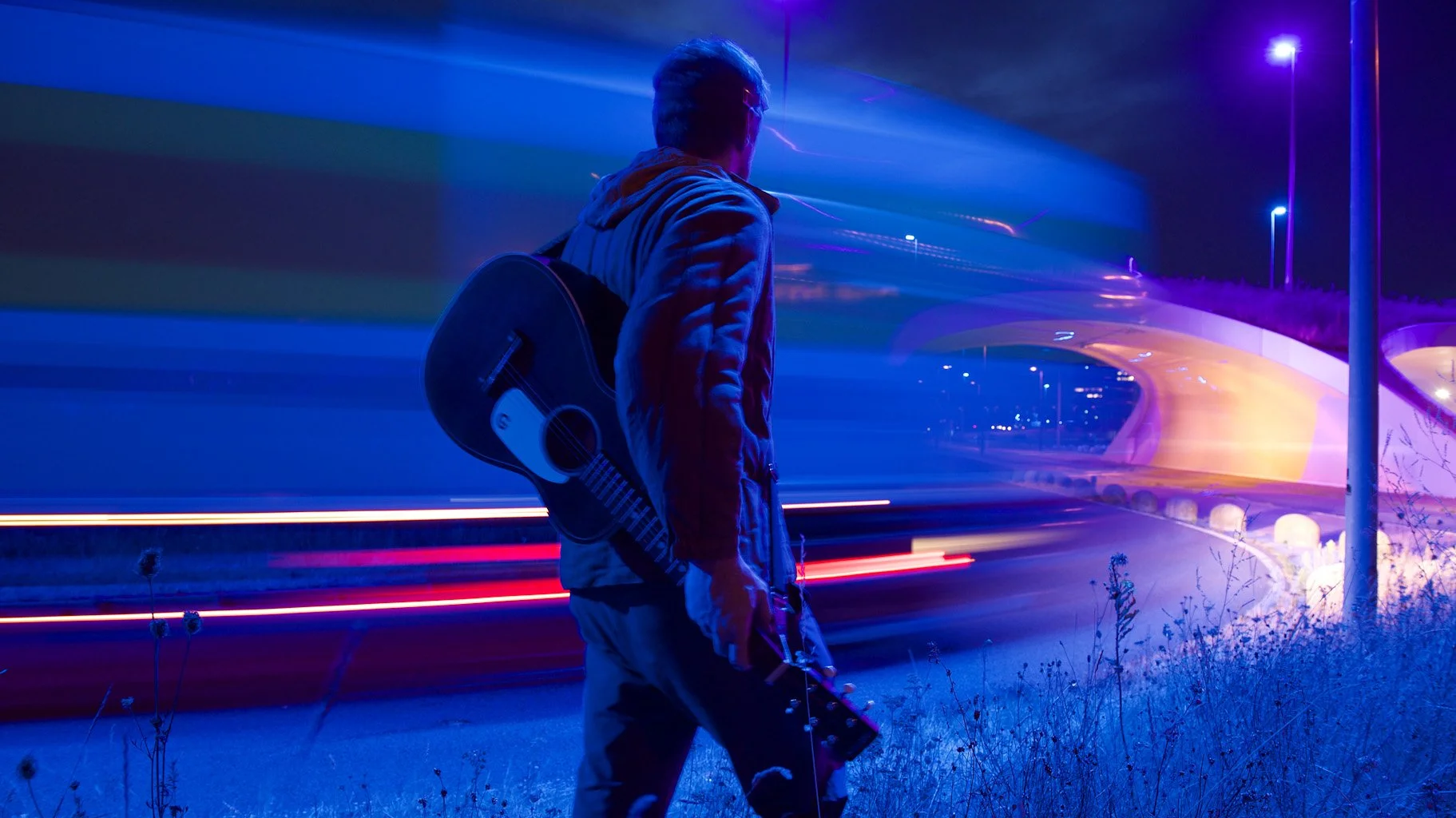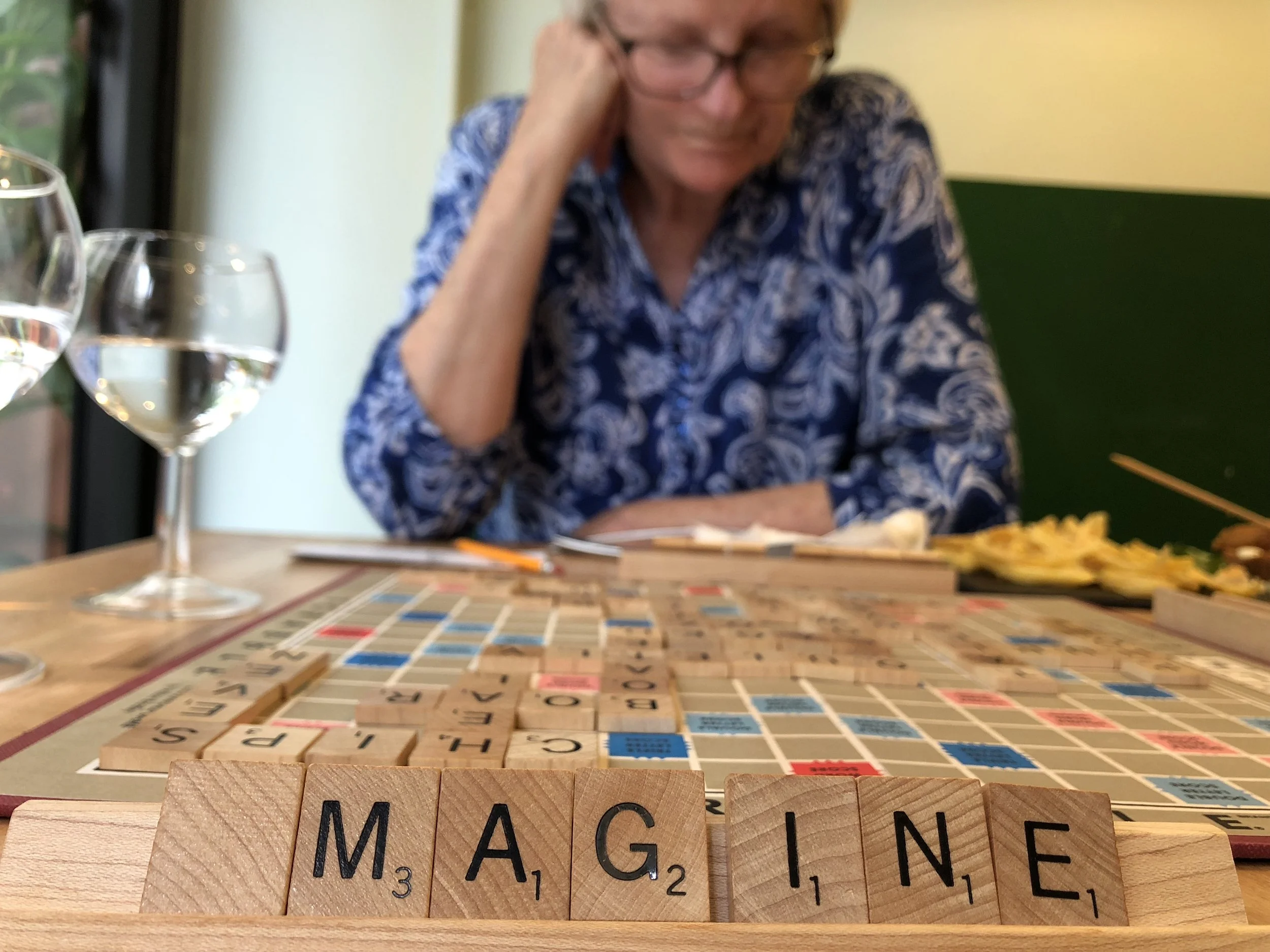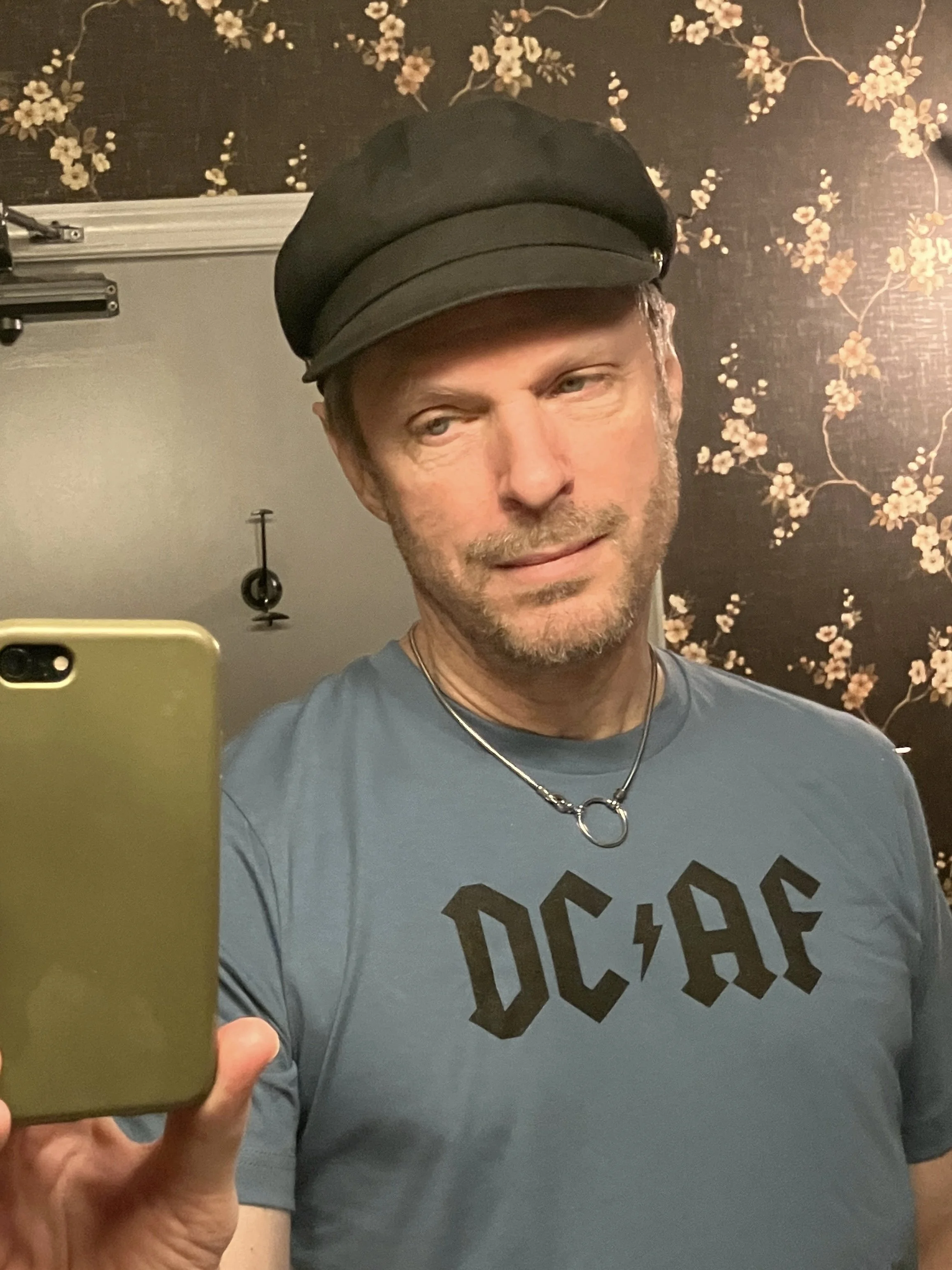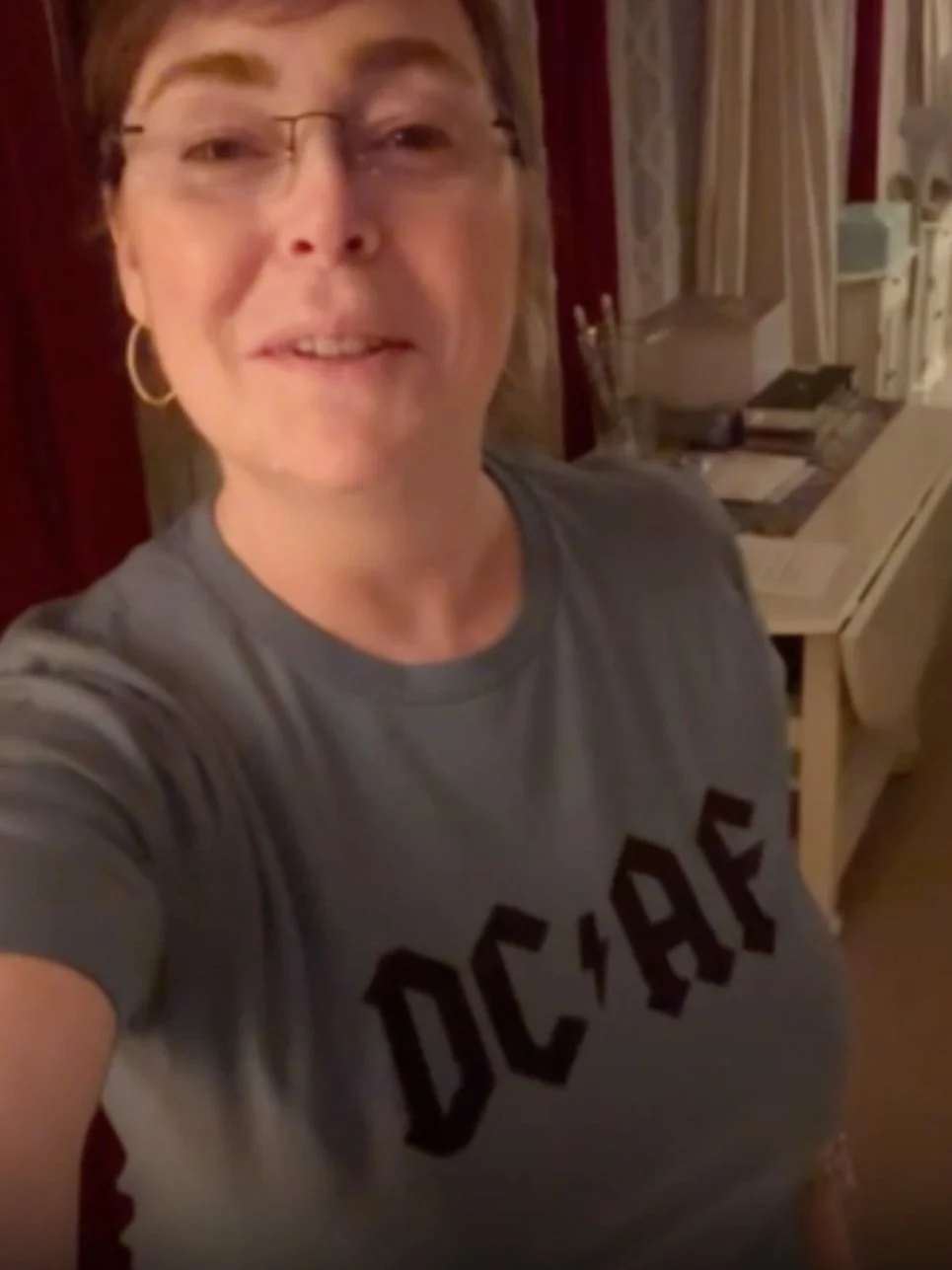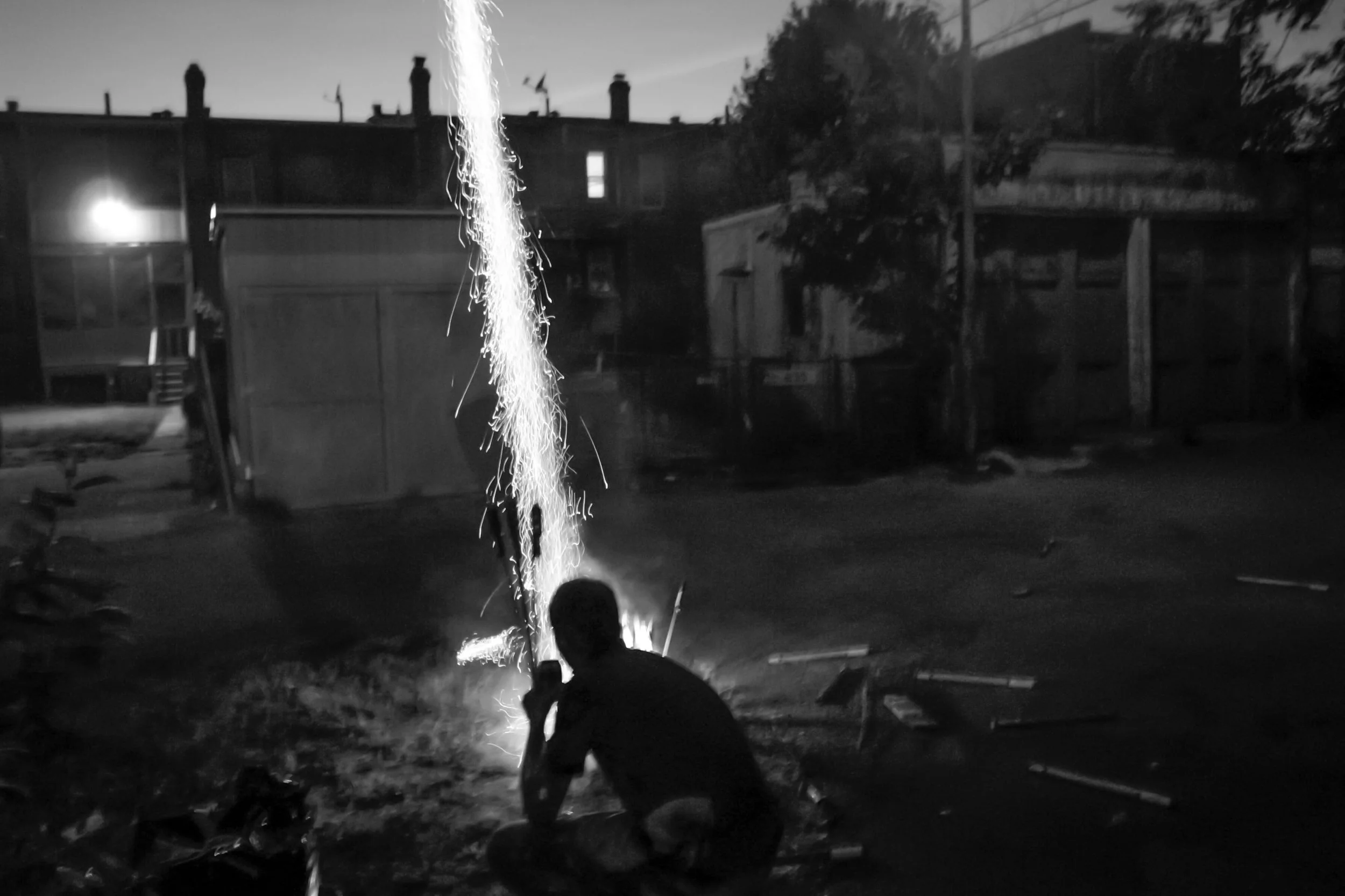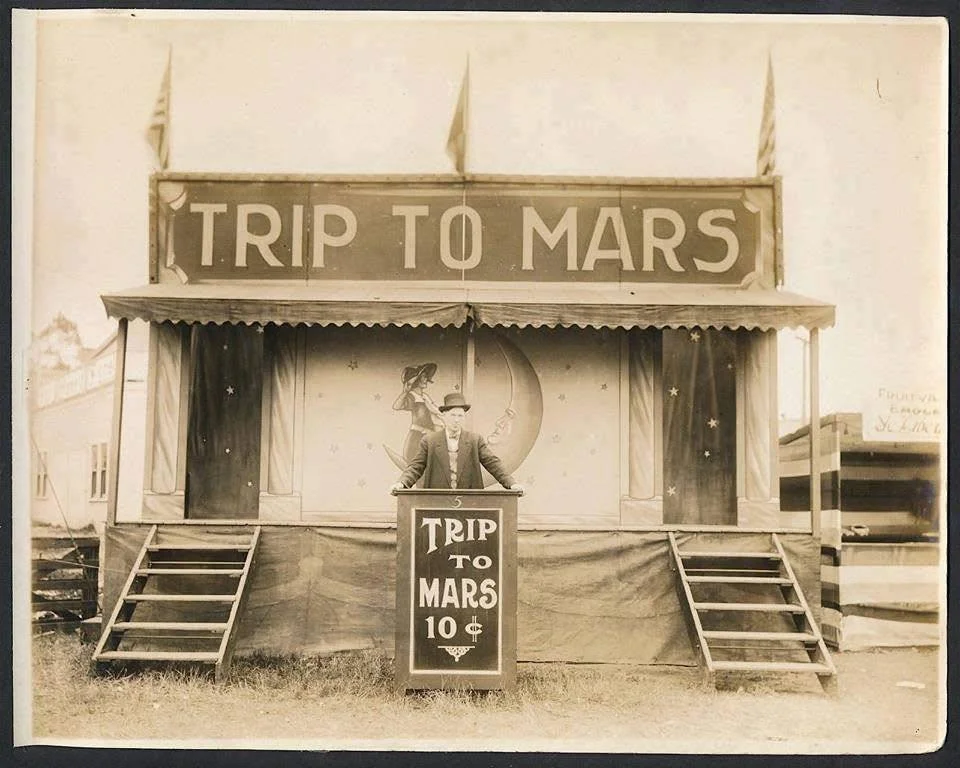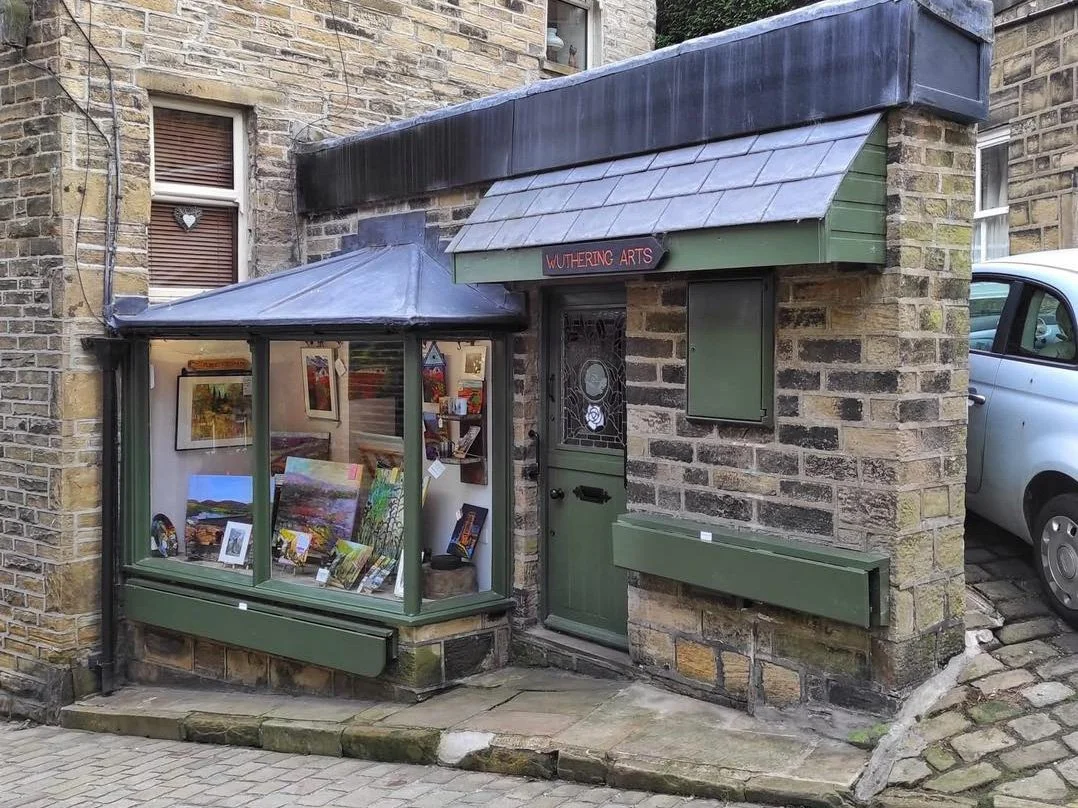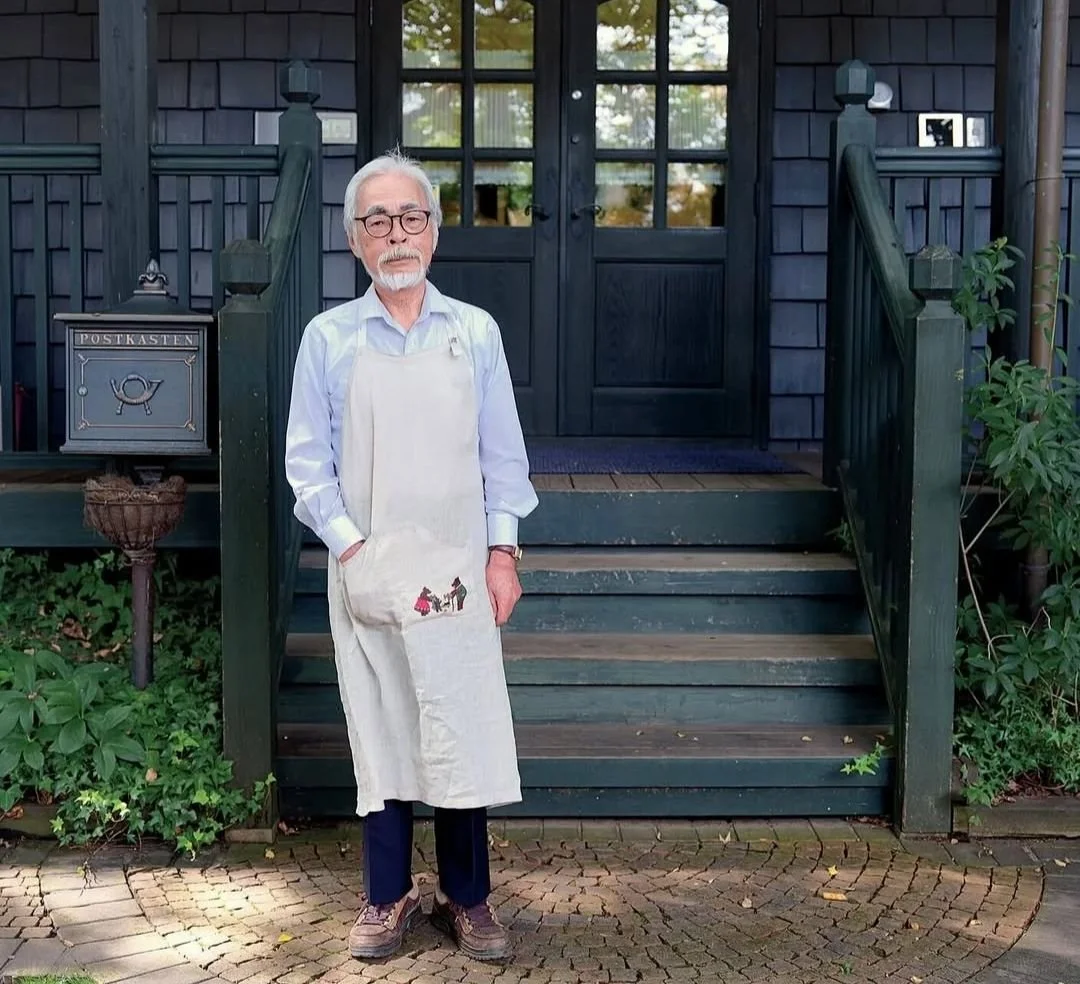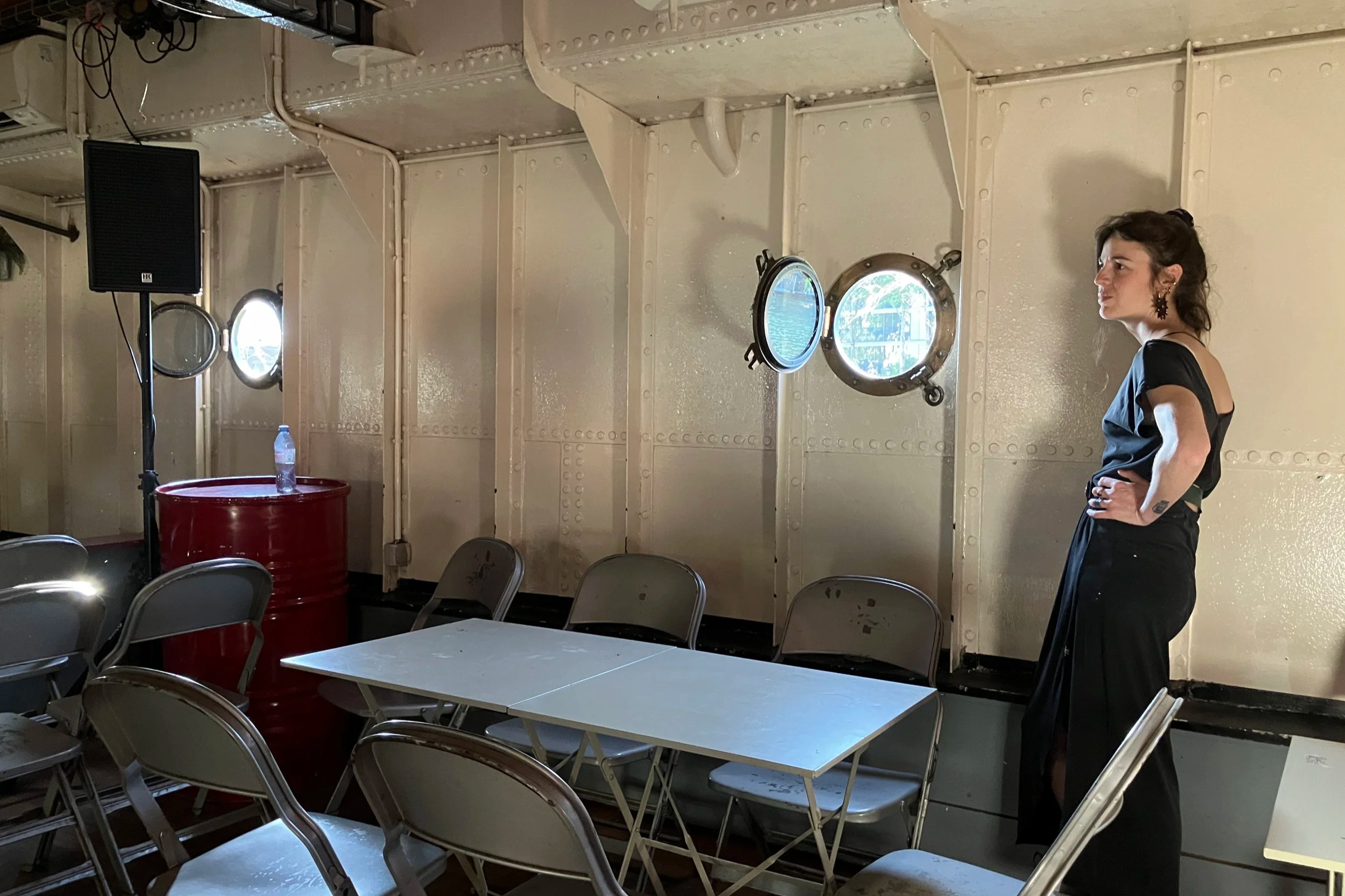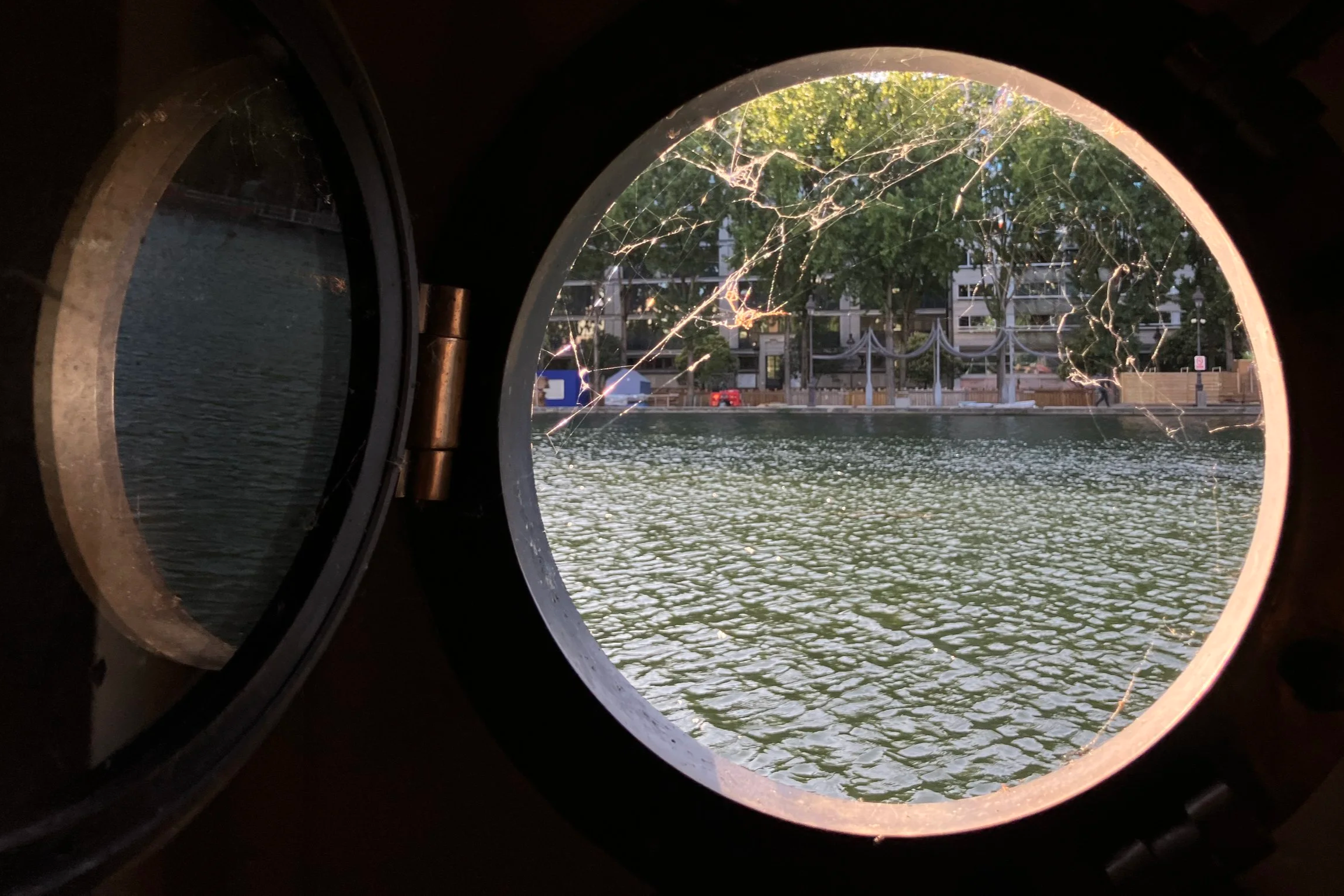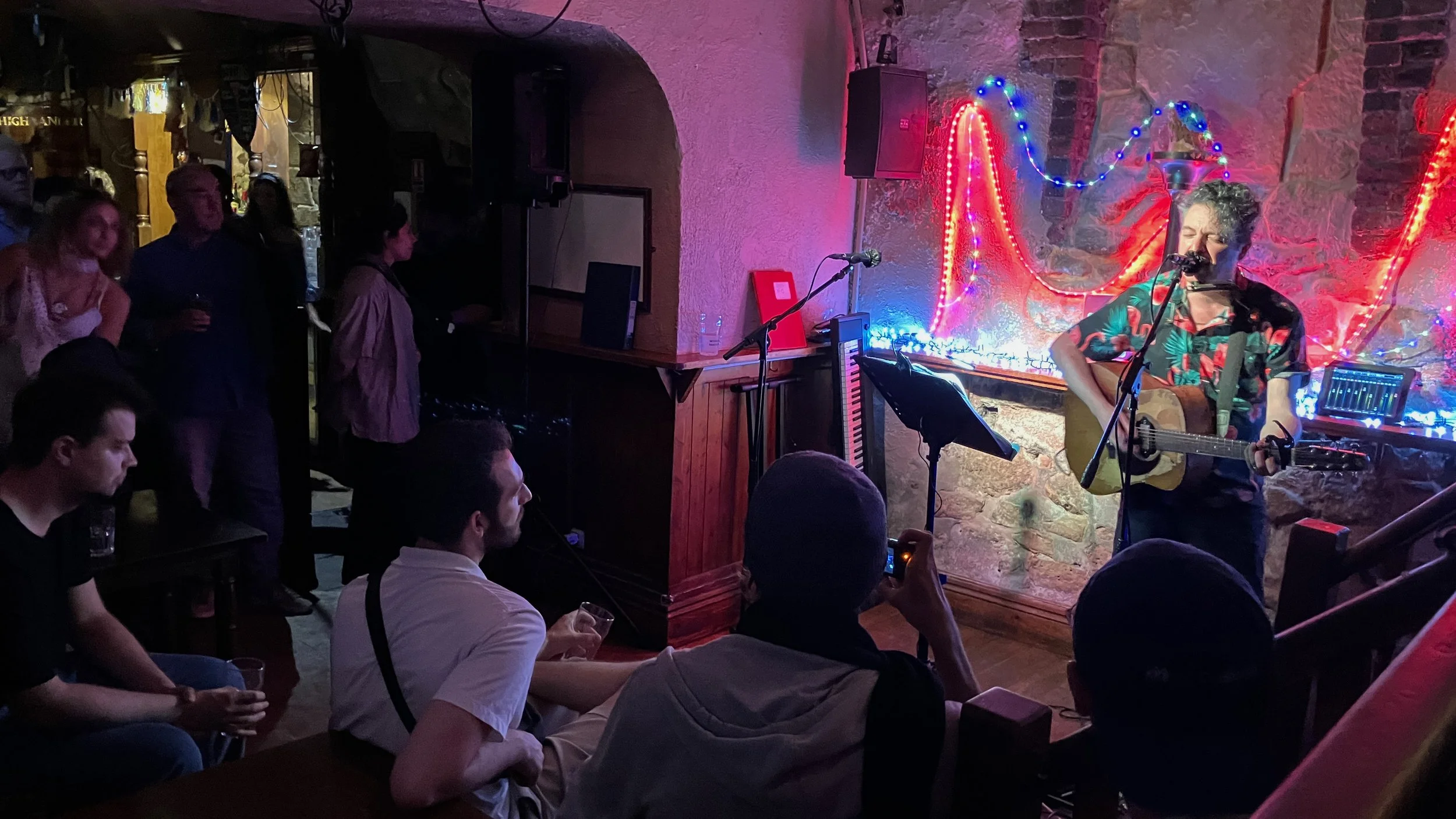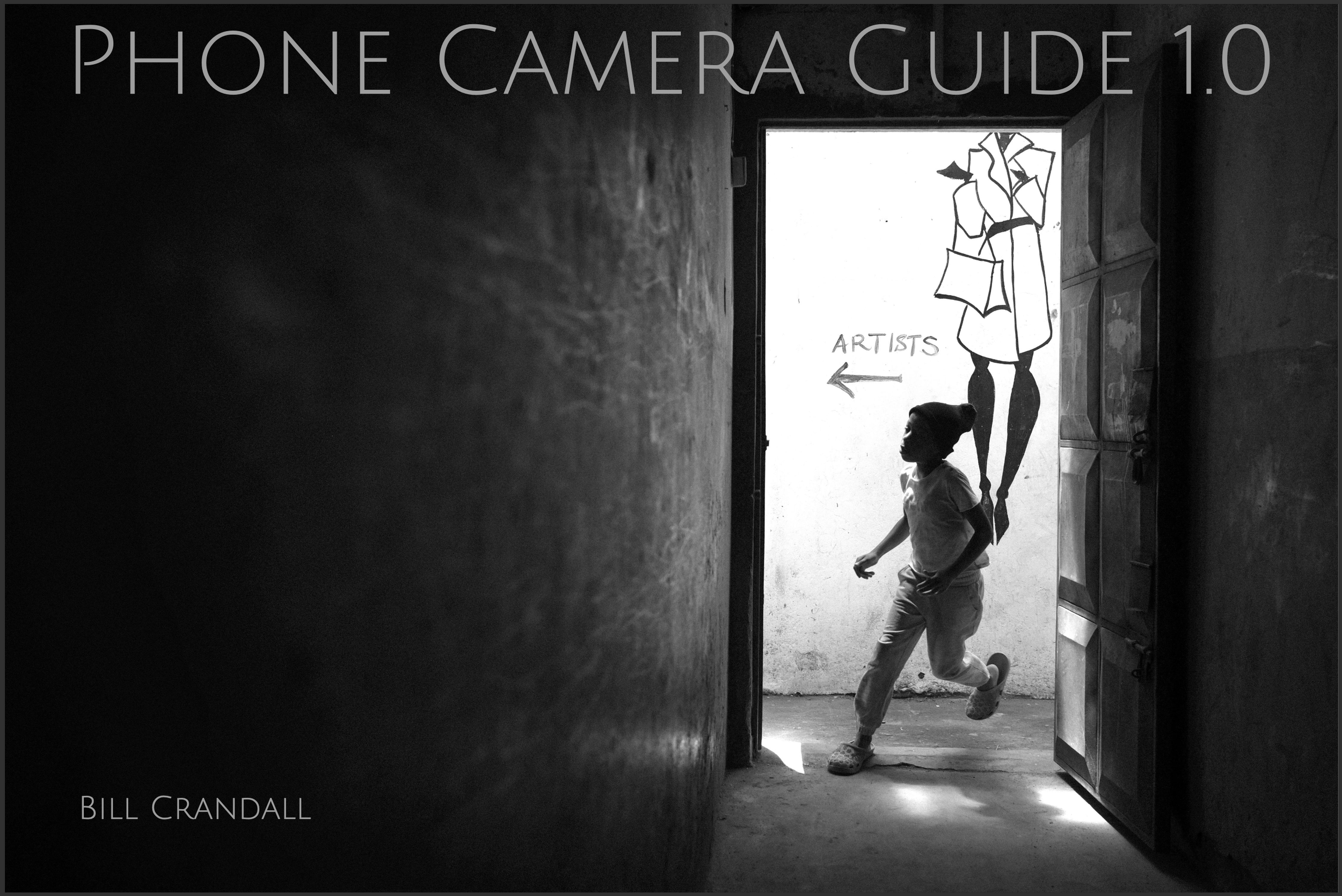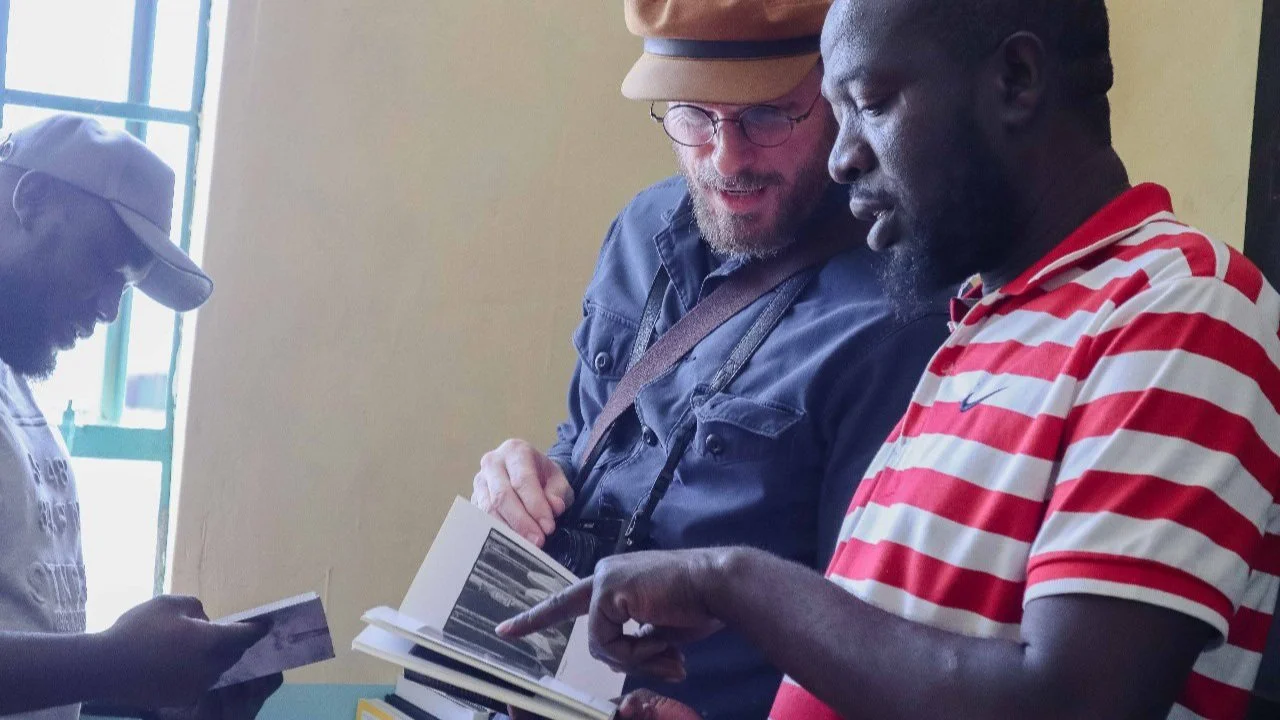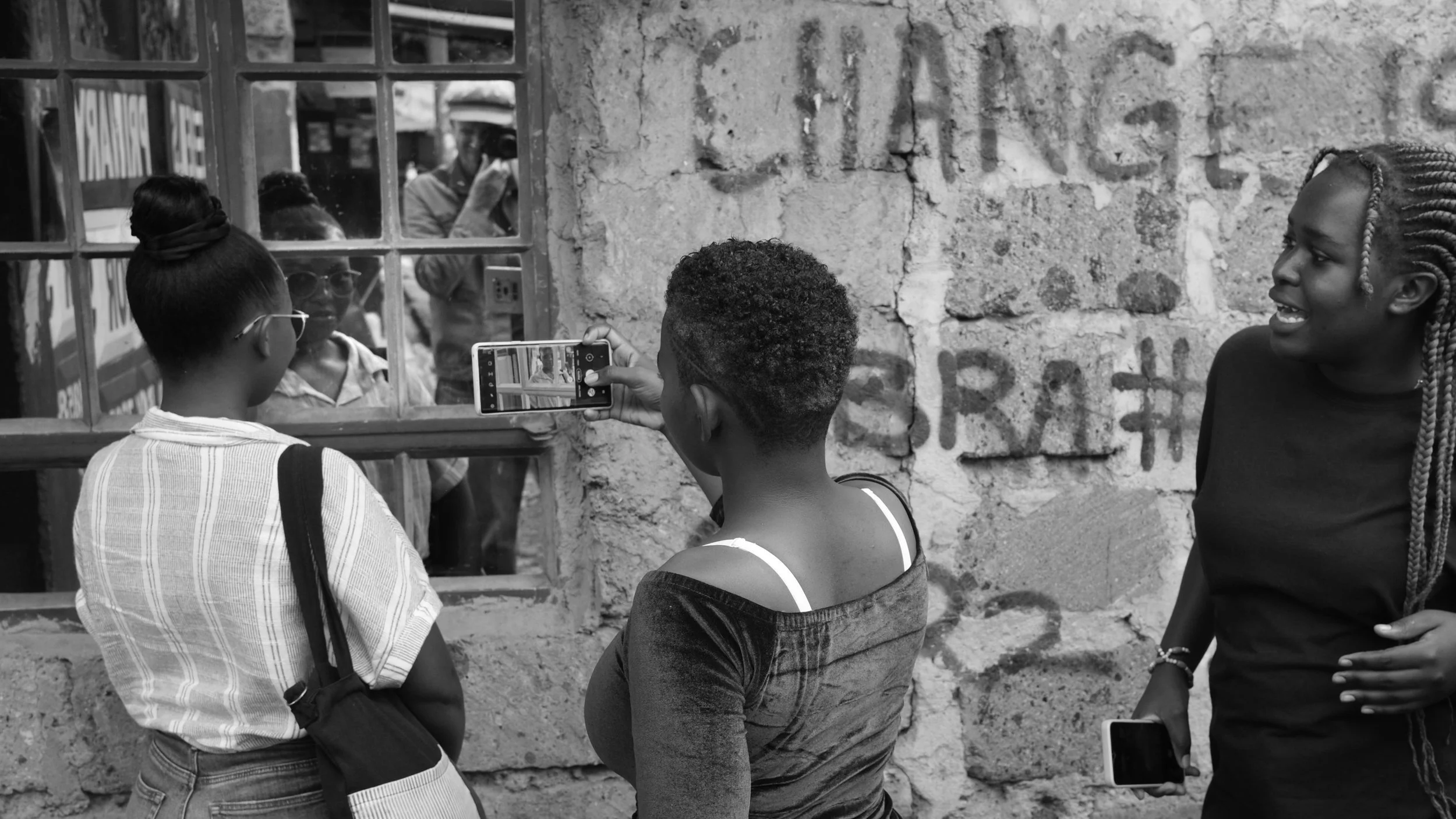Has it been almost a month since I last posted a newsletter?? I guess I should be used to the swings by now, some weeks the ideas and words flow more than others.
It’s not like there hasn’t been stuff going on. Let me at least play catch up this week.
(This is actually the 2.0 version of this post. Squarespace glitched when I tried to save my first finished draft, lost everything. Which was awesome.)
Music
We managed one more Vocal Takoma popup song/poem circle recently before the weather turned too cold. This time with an actual PA, thanks to a battery generator the city bought for us. It made a huge difference in, you know, people *hearing* us.
David Alberto Fernández
Caleb Wissoker-Cohen
Bill Crandall
Bill Crandall and David Alberto Fernández
Deniz (of Magic Carpet)
Luther Jett
David Camero
Vocal Takoma is not really a group, there’s a small core but it’s more like whoever shows up. And anyone with a song or poem can step up (as they have). My partner-in-art David Alberto Fernandez is using his poet laureate status to try to expand what poetry is and what it can do, especially in this moment we’re in. The idea is putting art where people already are, sort of soapbox-style, helping artists be more seen/heard/vocal. Now we’re moving the model indoors for the winter, figuring out what that might look like.
Some exciting possibilities, stay tuned. I actually believe the revolution starts with stuff like this. See the Czechs' playwright president or the the Singing Revolution in the Baltics.
Photography
I’m part of a group show with the Takoma Artery collective that’s opening at our local community center on Friday. I’ll have 2-3 photos from my Nairobi body of work, one made the lead in our local newspaper.
Freelancing
Since I do have to start making some money asap, I’ve been gearing up for photo freelancing again. Even though I did it for so many years, I don’t really know what freelancing means anymore or what the prospects are. Guess we’ll see. I’m starting a portrait service out of my art-garage studio for starters, and I’ve added some portraits and events photo samples to my site. More soon.
Let me know if you’re looking for:
a new headshot
creative documentation of you, your project/event/band/book, business, etc
photo mentoring or consulting
a quick workshop on getting better photos with your phone, or a more advanced one on being a ‘photo author’
copy photos of your artwork
I offer discounts for the needy. Like fired federal workers, of which there are thousands in these parts. In our small neighborhood alone - one small pocket of one small town right outside DC - a neighbor told me he knew of maybe a dozen families with one or both breadwinners thrown out of work. With mortgages and kids at university.
You can also support me by buying prints from this site for your holiday shopping, take a look here and see what strikes you. With a few clicks you can have high-quality framed photos delivered, as I’m doing for my Takoma Artery show prints.
I guess one common thread in all this is starting where you are. I love where I live, and I’m still happy to be reconnecting and figuring out the path forward since living overseas. I’ve been trying to walk more and I got a Capital Bikeshare membership, the e-bikes help me get around this hilly town. Fit I am not.
Another thread is how in times like these it’s important to attach yourself to groups to leverage your efforts. Don’t always try to go it alone. Even my new garage studio I’m planning to use as a community art-hub.
Power on, people. The horrors are daily and the hope can seem like slim pickings, but focus on those moments when it feels like just maybe things are starting to tip back towards sanity and light, and give it a little flap of the proverbial butterfly’s wing. On other (worse) days, make some art, it helps. Talk to you soon.


